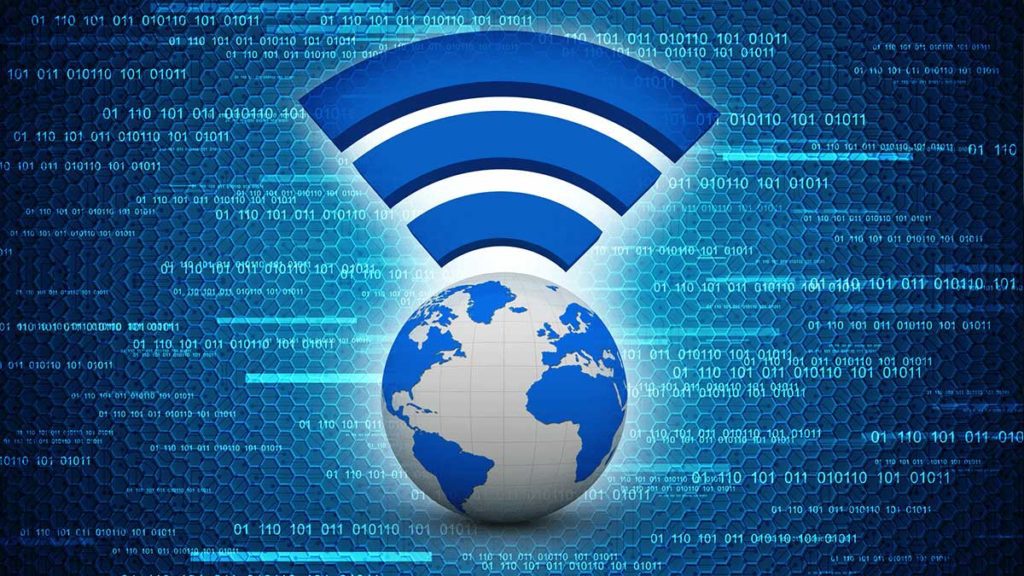
Much like clean water and electricity, access to broadband has become a modern-day necessity. This is more relevant recently due to the spread of the COVID-19 crisis. The closure of schools and workplaces and the requirement for remote diagnostics have made this seem like a new phenomenon but in truth, it’s over 10 years old. Broadband has become a fundamental human right – realized more now than ever before.
10 years ago, the Finnish government declared that broadband was a legal right. In 2011, the United Nations issued its sustainable development goals – in an attempt to close the digital divide – with the same conclusion. The United States was also evaluating its broadband policy and a series of efforts that would mean everyone had access to broadband. However, decisions that were made by the FCC (Federal Communications Commission) between 2008 and 2012, relating to broadband mapping, network neutrality, data caps and the very definition of broadband, are now causing problems for the country as cities lock themselves down to try to mitigate the outbreak of COVID-19.
Despite some voicing their concerns wondering if the strain of millions of us now working from home could potentially break the internet, a bigger worry is that not everyone has access to the internet in the first place. Most U.S. residential networks are built specifically for peak demand and even the 20-40% increase in network traffic seen in locations hit hard by the virus, will not be enough to bring down the networks.
In the US, around 21-42 million people do not have access to broadband whilst many can’t afford or are dependent on mobile plans with stringent data limits. For a substantial part of the population, this makes remote schooling and work either expensive or in the worst case scenario, not possible at all. This is not just an issue for the US, according to data from the Organisation for Economic Co-operation and Development, countries like Hungary, Spain, and New Zealand have a similar percentage of homes that also lack a broadband subscription.
As a result of the continuing and evolving COVID-19 outbreak, internet service providers in the US have taken multiple measures to expand broadband access. As an example, Comcast has made its public Wi-Fi network available to anyone. It also expanded its Internet Essentials program – which provides connection and a laptop for $9.95 – to a significant number of people on government subsidies.
For those who have internet access but are now looking at financial uncertainty, AT&T, Comcast, and more than 200 other U.S. ISPs have committed to not cutting off subscribers who cannot pay their bills and not to charge late fees, as part of an FCC campaign labeled Keep Americans Connected. Furthermore, AT&T, Comcast, and Verizon have also pledged to eliminate data caps, so customers do not have to worry about going over their data limit, while learning and working remotely.
Of course, it’s good and necessary to keep people connected during quarantine and social distancing but in the future, some of these changes should be permanent.
“If it wasn’t clear before this crisis, it is crystal clear now that broadband is a necessity for every aspect of modern civic and commercial life. U.S. policymakers need to treat it that way,” FCC Commissioner Jessica Rosenworcel says. “We should applaud public spirited efforts from our companies, but we shouldn’t stop there.”